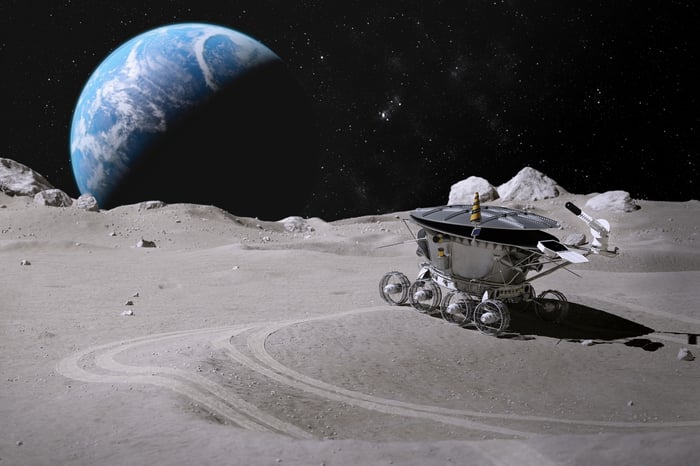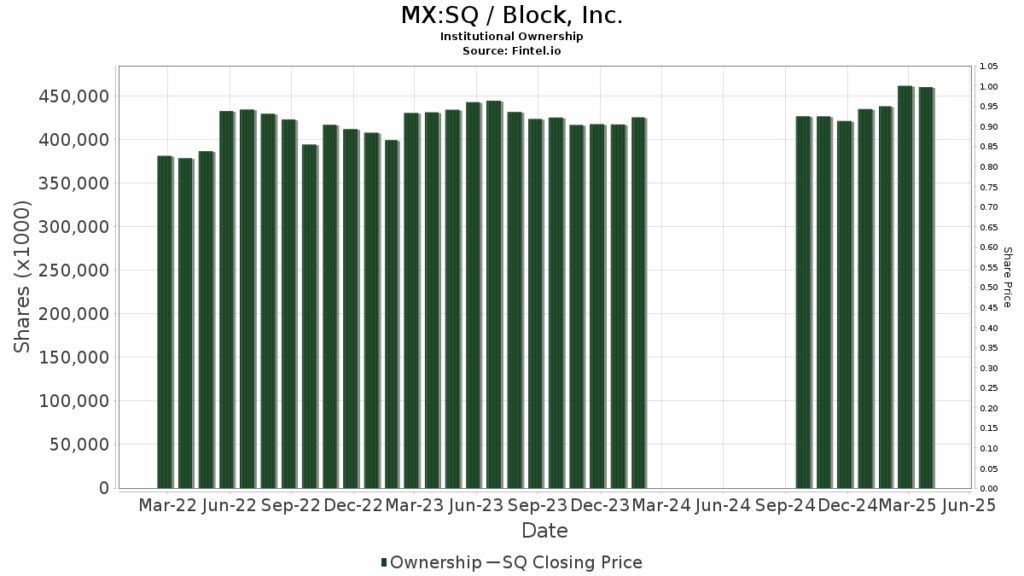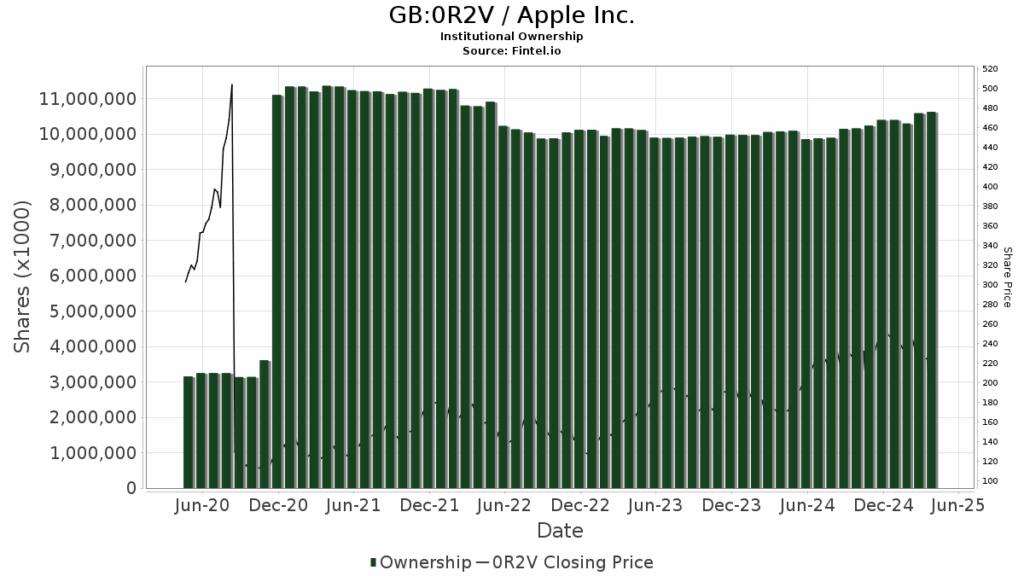Future Projections for Intuitive Machines: A Five-Year Outlook
Predicting future stock behavior can be challenging. However, a look at Intuitive Machines (NASDAQ: LUNR) reveals some promising potential over the next five years.
Current Status of Intuitive Machines
Since its IPO in February 2023, Intuitive Machines has made significant strides. It has secured “the most NASA-awarded commercial lunar program,” landing four contracts for payload deliveries to the moon, successfully completing two missions. Despite partially successful landings, where the Nova-C lander toppled over, the company collects $77 million and more from NASA per landing attempt, alongside additional revenue from third-party payloads.
Last year’s revenue reached $228 million, tripling the 2023 figure. Analysts project further growth, expecting $280 million in revenue for this year, marking a 23% increase, followed by an anticipated $387 million next year, translating to a 38% growth rate.
This suggests that Intuitive Machines is not just growing, but doing so at an accelerating rate—a key trait of growth stocks.
Though not yet profitable, Intuitive Machines experienced losses exceeding $343 million last year, largely due to retiring stock warrants. Analysts from S&P Global Market Intelligence expect losses to shrink to under $35 million this year and predict the company could record its first small GAAP profit by 2026.
Projected Future of Intuitive Machines by 2030
Looking ahead to 2030, the forecast for Intuitive Machines remains cautiously optimistic.
Nasa has planned one payload delivery mission per year, limiting immediate growth until the reliability of Intuitive’s technology improves. Currently, NASA’s IM-3 mission is slated for a 2026 launch, with IM-4 to follow in 2027. Future missions beyond that are not yet confirmed.

Image source: Getty Images.
However, NASA’s commitment to a $4.8 billion, 10-year contract for a Near Space Network (NSN) communications system will significantly bolster Intuitive Machines. This contract, averaging $480 million annually, represents more than 100% of all projected revenue over the next five years, which Wall Street estimates at less than $2.3 billion.
This raises intriguing questions: either analysts may need to revise their calculations, or they are hesitating to update projections pending more clarity about the NSN contract’s applicability, or there are concerns about the total value of the contract materializing for Intuitive Machines.
Investment Consideration for Intuitive Machines
Assuming the optimistic scenario regarding the NASA contract, the outlook appears encouraging.
Over the next five years, it is reasonable to expect that Intuitive Machines’ annual revenue could double its current figures. With estimates forecasting revenues of $625 million in five years and profits of $113 million (an 18% net profit margin), the potential for greater profit than currently anticipated exists.
Currently, Intuitive Machines’ market valuation stands at around $1 billion, resulting in a valuation of just over four times trailing sales. This places it at the higher end of acceptable valuations for pre-profit space stocks.
Should the stock price fall again, it may provide a buying opportunity similar to when the stock last dipped below this valuation, prompting personal investment at that time.
Should You Invest $1,000 in Intuitive Machines Now?
Before making any decisions, consider the following:
Recent analyses have identified ten stocks that are currently deemed highly favorable, and Intuitive Machines did not make this list. The selected companies carry significant growth potential in the coming years.
For perspective, consider past recommendations like Netflix, which, if invested in back in 2004, would be worth $611,271 today! Or Nvidia, with a similar outcome amounting to $684,068 if bought in 2005.
Rich Smith holds positions in Intuitive Machines. The views expressed here are solely those of the author and do not reflect the opinions of Nasdaq, Inc.
The views and opinions expressed herein are the views and opinions of the author and do not necessarily reflect those of Nasdaq, Inc.



